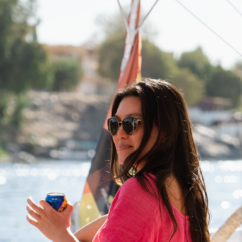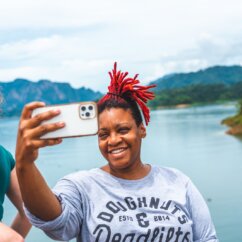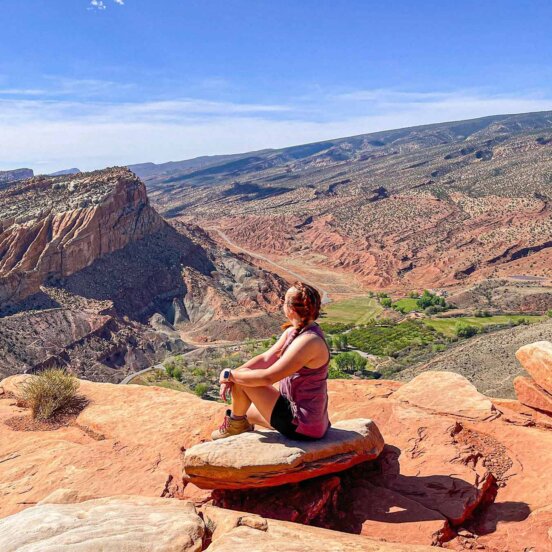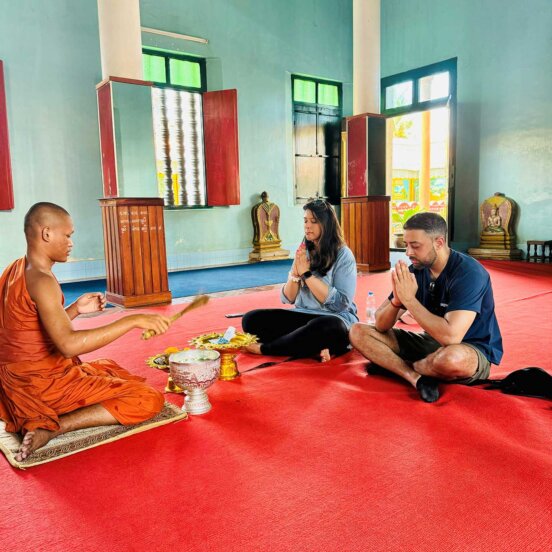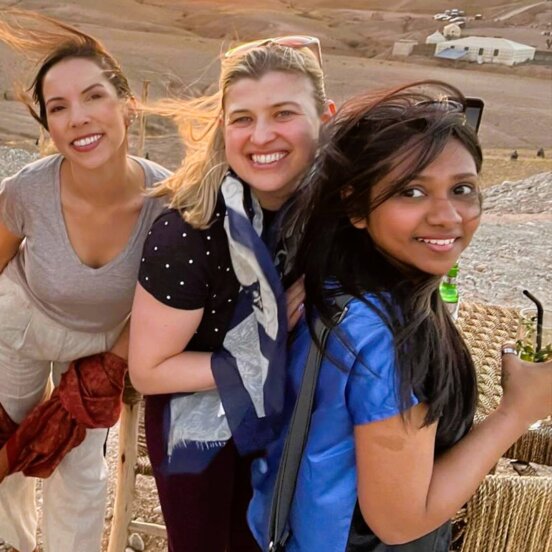The ultimate solo travel guide to Tanzania: Everything you need to know
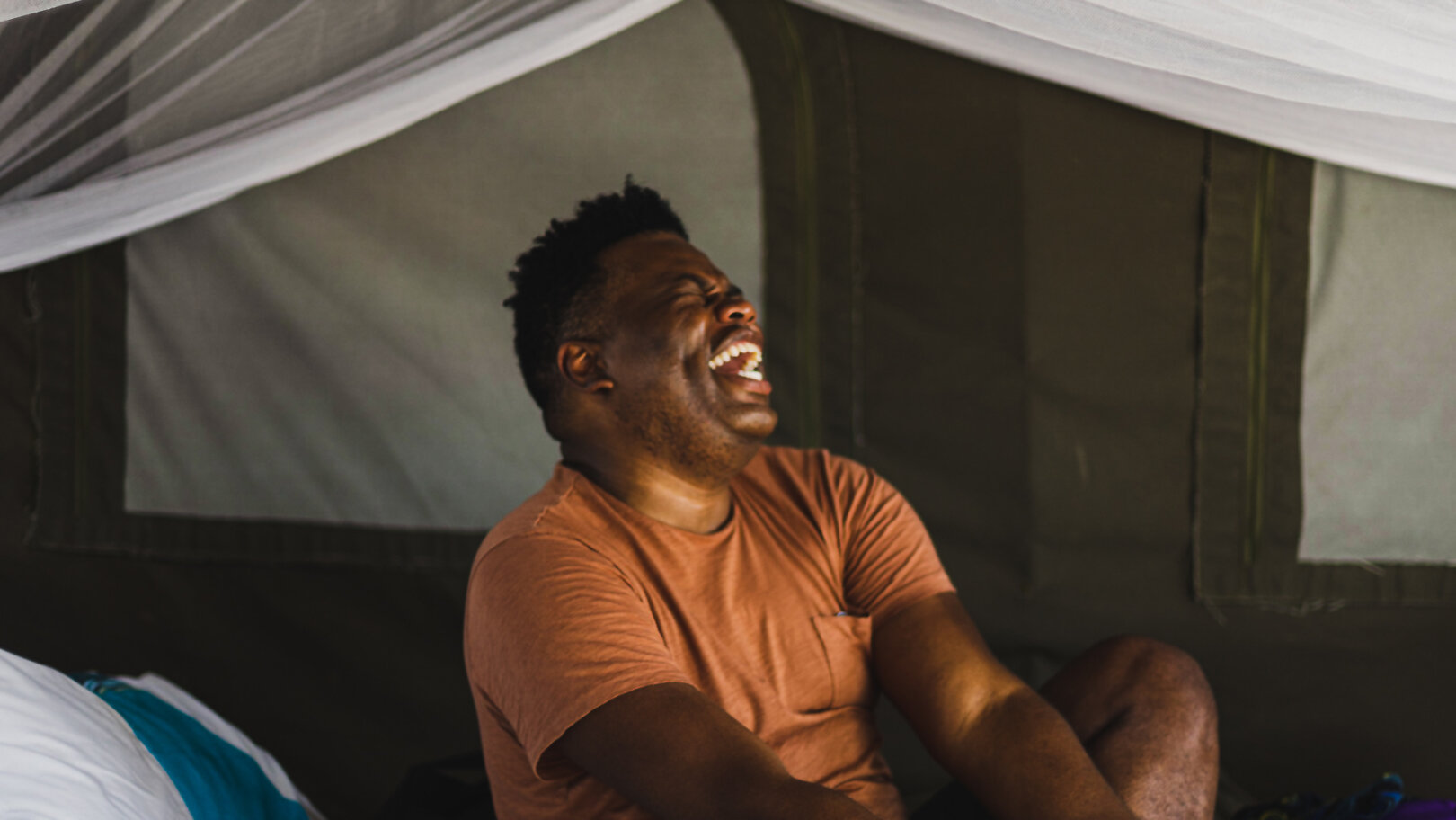
Solo travel in Tanzania is a phenomenal introduction to Africa. This East African nation borders eight other countries – including Mozambique, Uganda and Kenya – and stands cooled by the Indian Ocean on its eastern shoreline. From the peak of Kilimanjaro to the wildlife-roamed Ngorongoro Crater, the Serengeti plains to Zanzibar’s beaches, some of the continent’s most memorable sights all live here.
First up, there’s the opportunity to bear witness to the Great Wildebeest migration in the vast Serengeti National Park. In the Ngorongoro Crater, you’ll find Big Five wildlife, along with flocks of flamingos and hippos in freshwater pools. Further west, you can hike Africa’s highest peak, Kilimanjaro, crossing wild shrubland and spotting colobus monkeys en route. On the coastal island of Zanzibar, milky-white sands meet iridescent waters, ideal for a dip.
Along with the natural beauty, Tanzania has a cultural richness derived from its people and tribal heritage. The Swahili-speaking locals are warm and welcoming, along with the red-robed Massai villagers who live and farm off the land and open their homes to visitors, and other tribes people whose communities throw open their arms, too. But if you don’t want to go it entirely alone, there’s always the option of a group solo travel adventure, where you get the freedom to explore without the hassle of having to organize everything yourself. Here’s everything you need to know about a group solo trip to Tanzania.
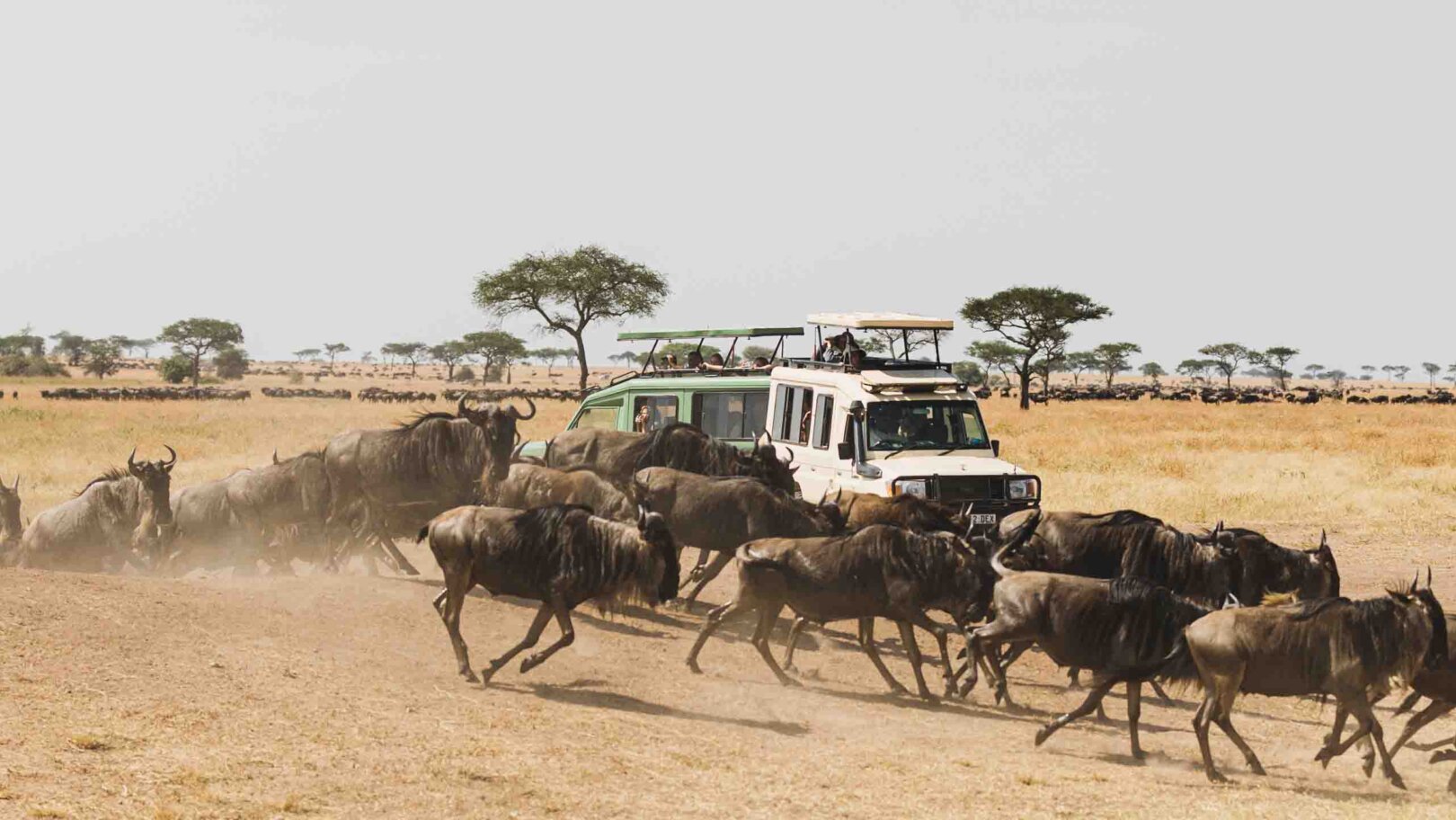
Tanzania travel facts
The majority of Tanzania’s soul-stirring sights are spread across the northern and eastern parts of the county, including seven magnificent Unesco World Heritage Sites. Starting in the Serengeti, the national park doesn’t do anything by halves: one of the most biodiverse ecosystems, two million wildebeest and one of the largest numbers of lions. Then, the Ngorongoro Conservation Area is home to the world’s largest volcanic caldera, 25,000 wild creatures and the Olduvai Gorge, a giant ravine stretching for miles.
At Mount Kilimanjaro, peaking at nearly 6,000 metres, achievable day hikes offer a first-hand encounter. And, on the island of Zanzibar, lose yourself in the Swahili charm and character of Stone Town, the historic centre, a winding maze of alleyways and ornate doors. In the south, there’s the county’s largest national park, Nyerere, carved from the former Selous Game Reserve.
Is Tanzania good for solo travel?
Tanzania’s bounty of wildlife, nature and heritage makes it hugely rewarding for solo travelers. Time slows, as days are filled with sightings in the Serengeti, hikes up Kilimanjaro, or authentic interactions with local tribal groups and their cultures.
But much of Tanzania is best seen with others, in groups on safari, ascending mountain peaks, diving in Zanzibar or exploring local villages, so it’s worth considering a group solo trip to Tanzania with Flash Pack. Not only will all the logistics be carefully arranged for you, including game drives and internal flights, but you’ll get to experience the adventures with other like-minded people. Find out more about group solo travel with Flash Pack.
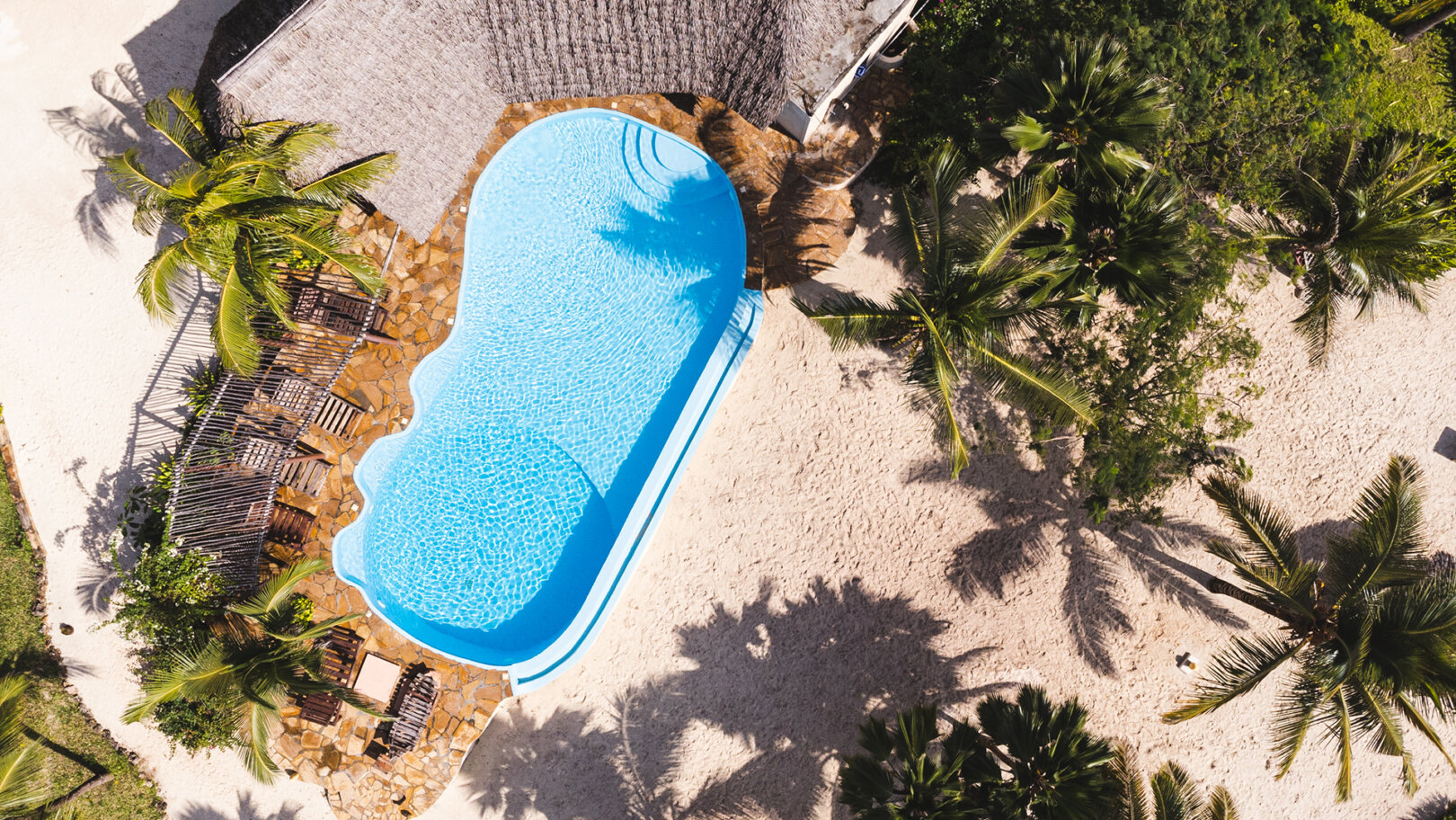
Best places to visit in Tanzania
While Tanzania’s main must-see sights are in relatively close proximity, it can still be tricky to know what to see and when. So, what should you do on a solo trip to Tanzania? Starting your journey in Arusha, the gateway to the peaks and parks, this adventure is all about being in the thick of it. Immerse yourself in the wildlife of the Serengeti on a game drive. Feel your head in the clouds on a day trek at Mount Kilimanjaro. Drive deep into the Ngorongoro Crater to see the Big Five: lion, leopard, rhino, elephant and buffalo. At saltwater Lake Eyasi, it’s a twitchers delight, spotting birds on a guided walk at the 65-million-year-old marvel.
On Flash Pack’s 10-day Tanzania: Kili to Crater, you’ll get to experience all this and more, including a bush walk with hunter-gatherer Hadzabe and Datoga tribes, a visit to a Massai boma (village) and a stop at Mto wa Mbu, on the edge of Lake Manyara National Park, to explore the vibrant weekly market. On Flash Pack’s nine-day Wild Tanzania adventure, you’ll literally follow the pack through the Serengeti, staying in converted Land Rover safari suites that trace with the wildebeest stampede. You’ll canoe through tall papyrus grasses on the waterways of Lake Victoria. Both trips end on the softly-lapped shores of Zanzibar.
Where to stay as a solo traveler in Tanzania
So, what are hotels like for a group solo trip to Tanzania? Accommodation ranges from luxury tented camps and converted Land Rover suites to boutique hotels. But if you think “camping” means back to basics, think again. In Tanzania, large canvas tents come with hand-carved beds and wooden decks for wildlife spotting. Come nightfall, you’ll often hear the rustle of an elephant or giraffe through thin walls. At Lake Victoria, some camps line the water’s edge and you’ll hear hippos splashing and gargling in the water, too. In the Serengeti, Land Rovers are converted into rooms with sizable pop-out roof tents. At beachside boutique hotels in Zanzibar, palm trees meet the sand.
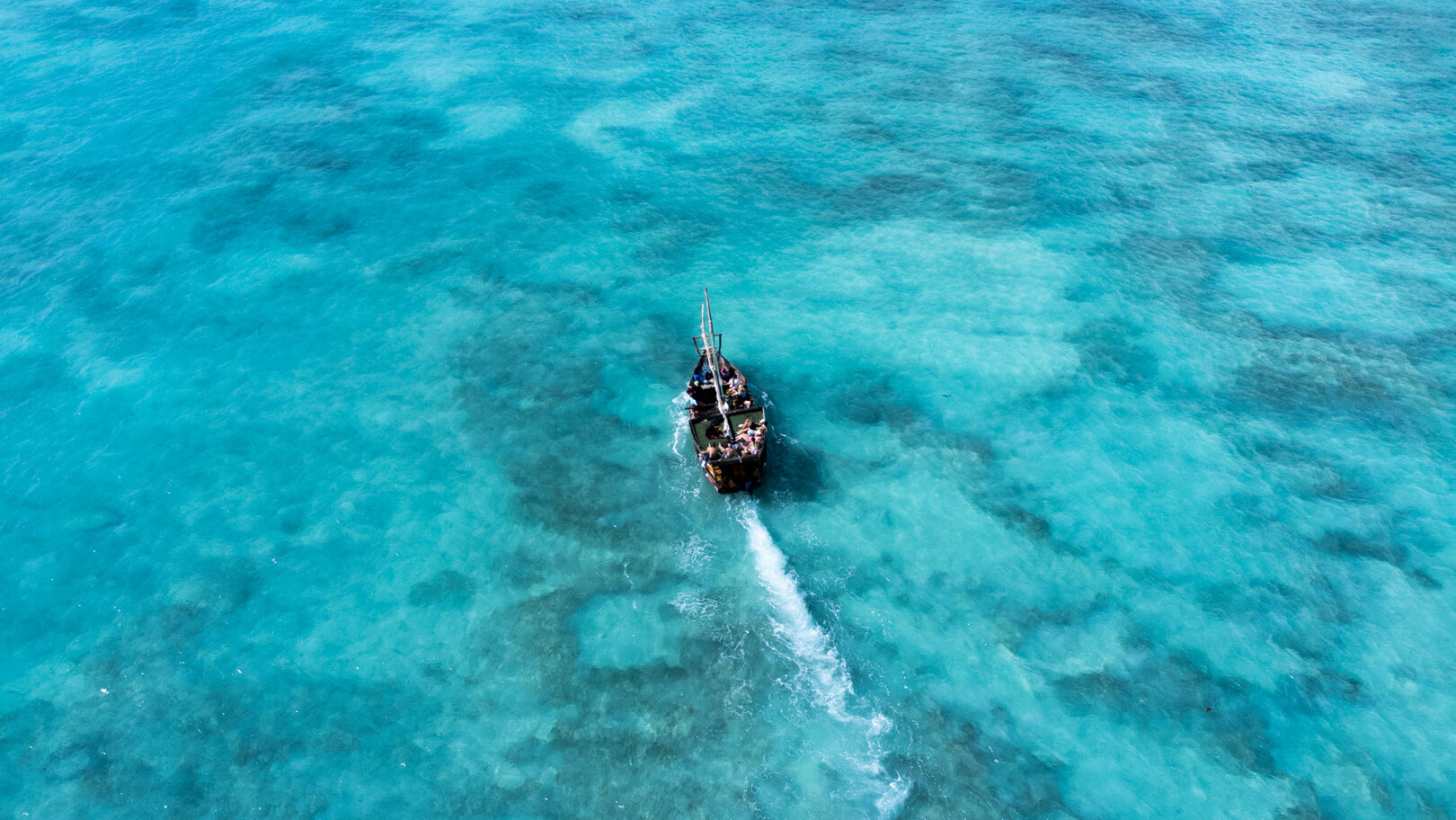
How to get to Tanzania
Although Dodoma is the capital, many international flights arrive at the Julius Nyerere International Airport in Dar Es Salaam, a thriving port town on the edge of the Indian Ocean. The other main gateways are Kilimanjaro International Airport for hiking Africa’s highest peak and Abeid Amani Karume International Airport for Zanzibar. A large network of domestic airlines also connects the country.
How to get around Tanzania
Domestic air travel is by far the quickest and safest way to travel in and around Tanzania for solo travelers. While the area may be a small pocket within Africa, the vast swathes of parkland and mountains mean distances are far greater by road than they may seem. Air Tanzania, Precision Air and Coastal Air are all popular airlines and, between them, cover all the necessary routes, including Arusha, Kilimanjaro and Zanzibar, a short 30-minute hop from Dar Es Salaam. Most journeys are in small propeller aircraft and offer incredible bird’s-eye views.

Best time to visit Tanzania
Tanzania is best looked at in two rainy seasons: light showers between October and December and tropical downpours between March and late May. During June and late September, the weather is beautifully dry and the sun shines, making it an ideal time to be out on a game drive or lying on a lounger on Zanzibar’s Nungwi Beach, when temperatures typically are around 30ºC.
The Serengeti migration takes place between May and July, when more than 1.5 million wildebeest, zebra, gazelle, eland and impala, head north towards the Massai Mara. The shorter dry season in January and February brings warm weather and is the best time to hike Kilimanjaro’s foothills.
Tanzania travel itineraries
Flash Pack’s nine-day Wild Tanzania trip will bring you face to face with some of Africa’s greatest wildlife, a perfect chance to immerse yourself in the magic of solo travel in Tanzania with a like-minded group. Multiple game drives through the Serengeti give even more opportunity to spot lions, leopards and rhinos. You’ll be camping in some of the area’s most prestigious locations, under canvas and up close to all the action. In between expeditions, you’ll experience the best of local hospitality with hand-drawn baths, decadent meals and roaring campfires.
Or, try Flash Pack’s 10-day Tanzania: Kili to Crater adventure. You’ll start as you mean to go on, hiking in the foothills of Africa’s highest peak, pausing for a picnic lunch before heading back to base. Then it’s into the Serengeti to spot lions, elephants and towers of giraffes. It continues with hippos at the Ngorongoro Crater, a visit to the Elephant Caves and a sunset cruise in the Zanzibar archipelago.
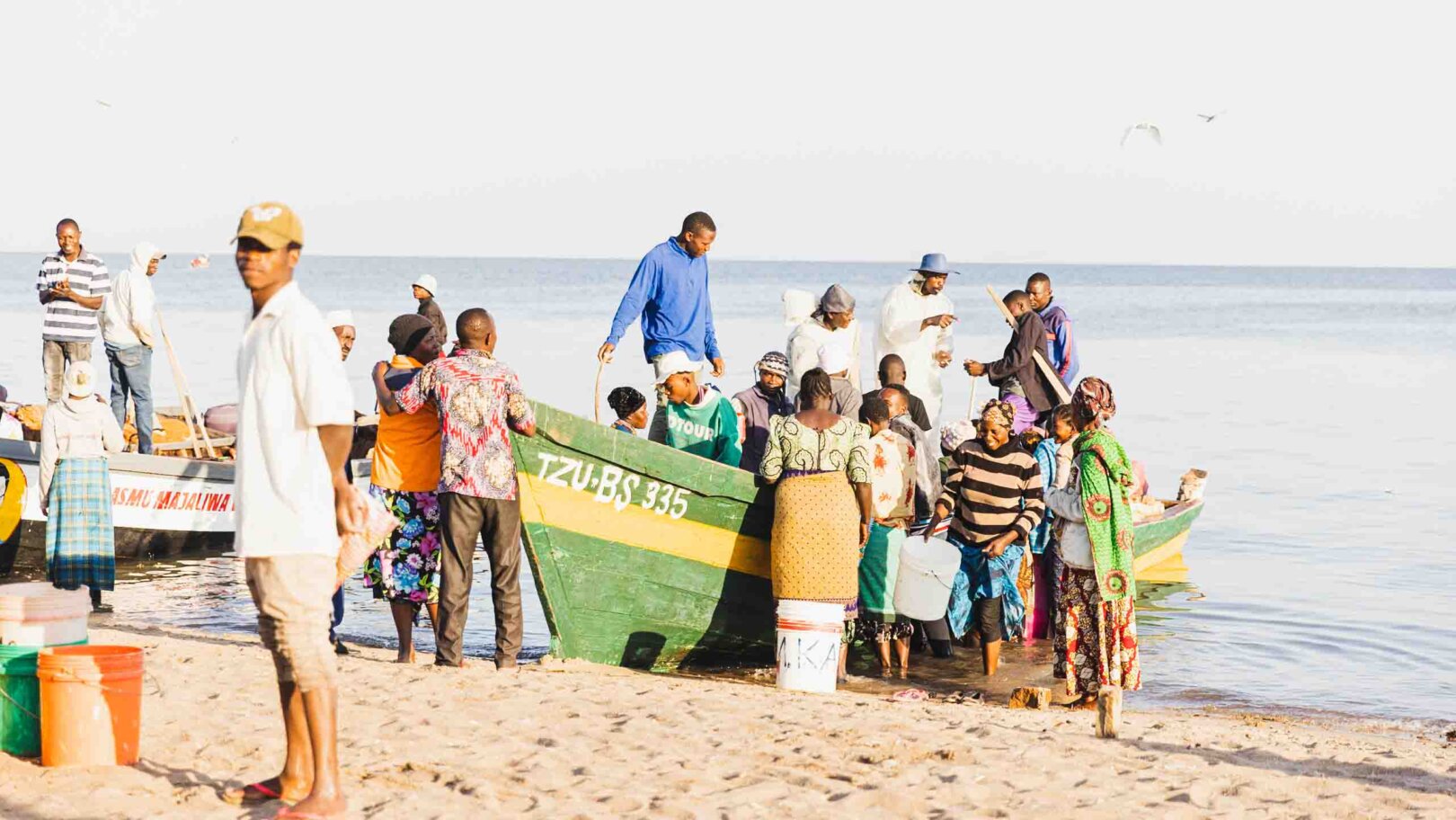
What to pack for solo travel in Tanzania
When packing for a solo trip to Tanzania, bear in mind that it is a conservative country and modest dress is appreciated, especially when visiting towns or local villages. On safari, wear muted colours of beige, brown, green to blend in. Avoid white as game drives can be dusty. Light and airy is good as you’ll be cruising through the warm savannah. For hikes on Kilimanjaro, wear a hat to avoid the high-altitude sunshine. On Zanzibar, make sure you cover up once leaving the beach. Bring a universal adapter and a camera – this is an adventure you won’t want to forget.
Solo travel advice for Tanzania
Locals in Tanzania are super friendly and happy to see tourists. But respect is a huge part of Swahili culture, so always be mindful of traditions, such as greeting with the right hand instead of the left, which is considered dirty. Always use reputable agencies and guides to ensure you maximise your experience.
With Flash Pack, locally-guided safaris and hikes, as well as transfers between the highlights, are included, making it easier if you’re traveling solo in Tanzania for the first time. You’ll also have direct access to a local Pack Leader, giving you a real confidence boost when exploring this vast wilderness.
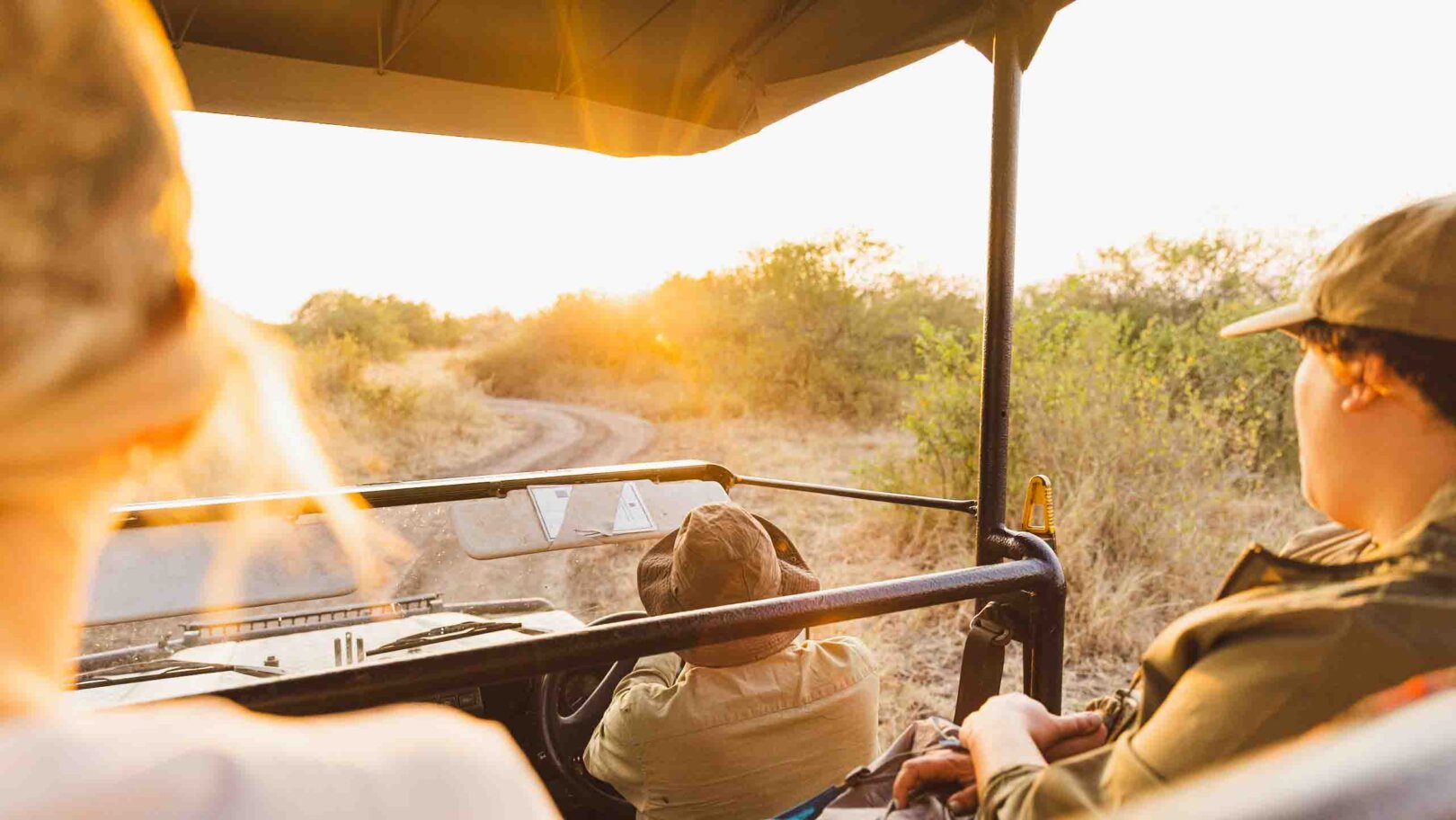
Is it safe to travel solo in Tanzania
Many visitors travel to Tanzania every year and most trips are trouble-free. However, do check out the Foreign and Commonwealth Office (UK), the Department of State Travel Advisories (US) or your country’s local government guidelines for the latest advice before traveling. Once there, follow local advice and be aware of your surroundings at all times.
Always use reputable companies and, if hiking, stick to established routes and never walk alone. On Mount Kilimanjaro, make sure you have all the essentials (food, water, route map) and be vigilant when looking for signs of altitude sickness. In more built-up areas, such as Stone Town, thefts can happen so ensure your valuables are safely hidden from view. A group solo adventure will not only add an extra layer of safety, but will enable you to be in the moment, witnessing one-in-a-lifetime moments and making friends along the way.
Ready for your next adventure? Try group solo travel to Tanzania with Flash Pack – designed exclusively for people in their 30s and 40s, seeking the independence of solo travel within the safety of a group.
A cool 98% of Flashpackers arrive solo to join our group adventures. So, you’ll be in good company – whether a first time solo traveler or a seasoned pro looking for like-minded new friends.
Images: Flash Pack
